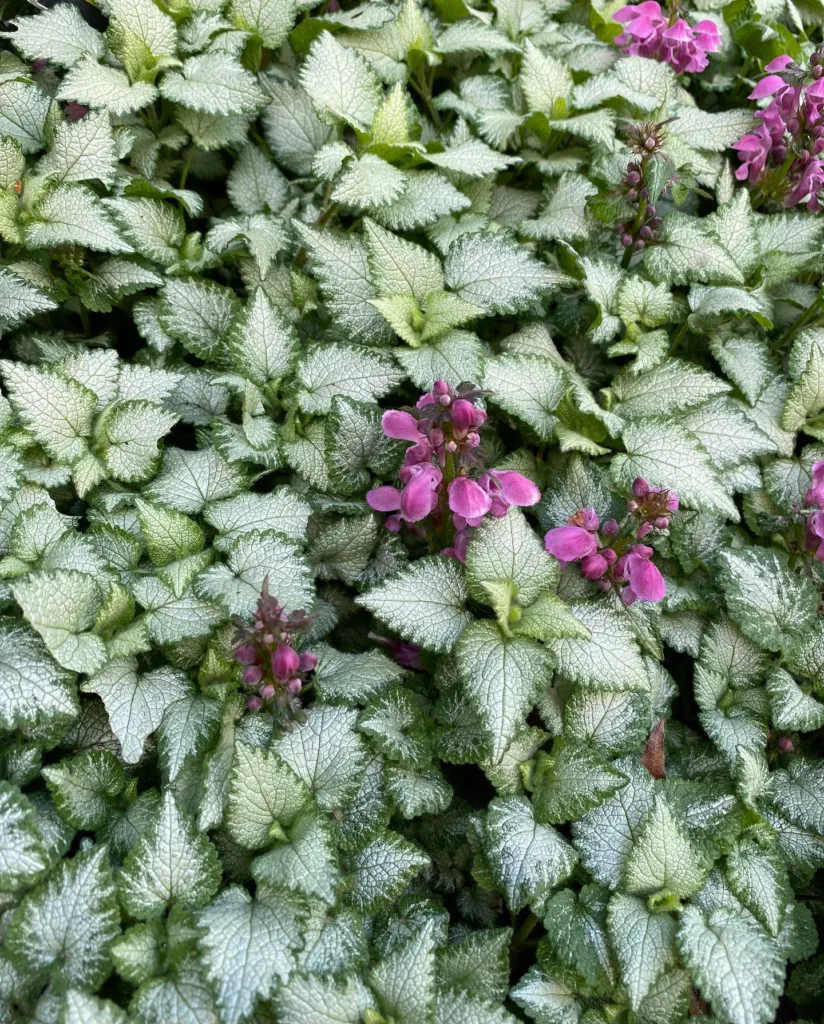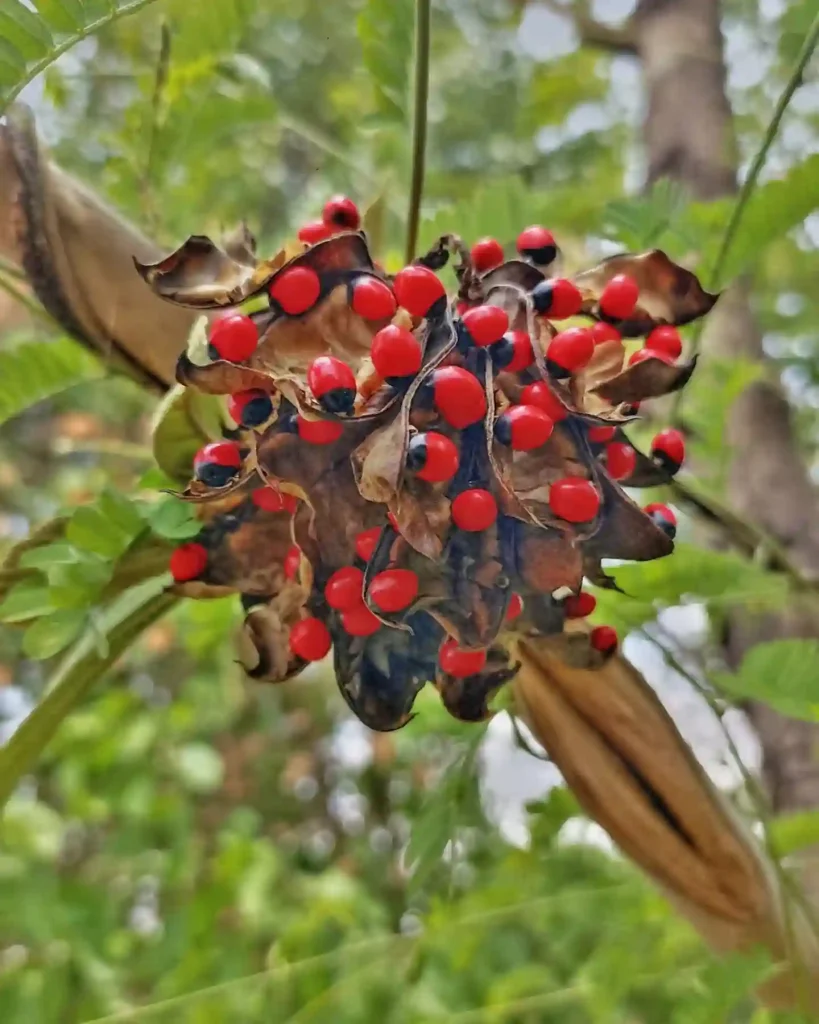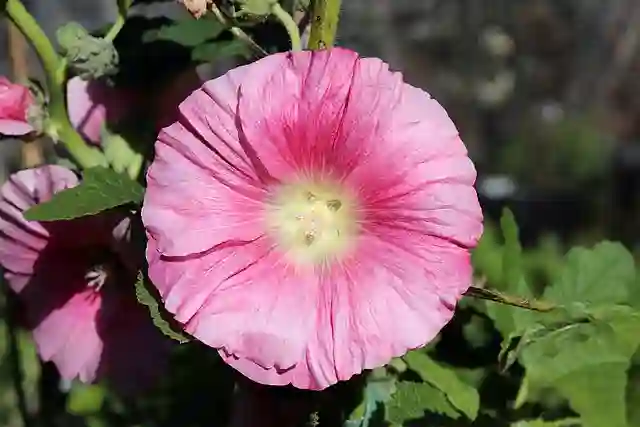
Celosia Dracula: Your Ultimate Guide
When I first encountered Celosia Dracula, I was captivated by its unique appearance and vibrant color. As someone who loves to dig into plant care, I’ve gathered a lot of insights about this fascinating plant. If you’re considering adding Celosia Dracula to your garden, here’s a comprehensive FAQ guide that should help you get started.
46 Species in Genus Celosia
What is Celosia Dracula?
Celosia Dracula, often known for its striking feather-like blooms, is a variety of Celosia, a genus renowned for its dramatic flower heads. This plant is distinguished by its dense, velvety blooms that resemble the mane of a mythical creature, hence the name “Dracula.” Its vibrant red, orange, or pink flowers make it a standout in any garden or floral arrangement.
How to Grow Celosia Dracula?
Growing Celosia Dracula is relatively straightforward. Start by choosing a sunny location with well-drained soil. This plant thrives in full sunlight, so aim for at least 6 to 8 hours of direct sun each day. The soil should be rich in organic matter, but well-drained to prevent root rot.
Plant the seeds or seedlings in the spring after the last frost. If starting from seeds, sow them indoors 6-8 weeks before the last frost date. Keep the soil moist but not waterlogged. Transplant the seedlings outdoors once the risk of frost has passed, spacing them about 6 to 12 inches apart.
Celosia Dracula prefers warmer temperatures, so make sure the nighttime temperatures don’t drop too low. Regular watering is essential, but avoid overwatering, as this can lead to fungal issues. Fertilize with a balanced, all-purpose fertilizer every 4-6 weeks during the growing season to encourage robust growth and vibrant blooms.
Is Dracula Celosia a Perennial?
Celosia Dracula is not a perennial plant. It is classified as an annual, meaning it completes its life cycle in one growing season. If you live in an area with mild winters, you might be able to keep it alive through the colder months by bringing it indoors or providing protection. However, in most climates, you’ll need to replant it each year.
How to Care for Celosia Dracula?
Caring for Celosia Dracula involves a few key practices:
- Watering: Ensure consistent moisture without overwatering. Allow the top inch of soil to dry out between waterings.
- Fertilizing: Use a balanced fertilizer to support healthy growth. Avoid over-fertilizing, as this can lead to excessive foliage at the expense of blooms.
- Pruning: Deadhead spent flowers to encourage more blooms and maintain a tidy appearance.
- Pest Control: Watch for common pests like aphids and spider mites. Regularly inspect the plant and use insecticidal soap if needed.
How to Propagate Celosia Dracula?
Celosia Dracula is typically propagated from seeds. To do this, collect seeds from mature flowers at the end of the growing season. Store them in a cool, dry place until you’re ready to start new plants. Sow the seeds indoors 6-8 weeks before the last frost, or directly into the garden after the danger of frost has passed.
What to Plant With Celosia Dracula?
Celosia Dracula pairs beautifully with other summer annuals like marigolds, zinnias, and salvia. Its vibrant colors can complement a variety of flowering plants and create a stunning display in garden beds or containers. Additionally, its upright growth habit makes it a great backdrop for lower-growing plants.
Can You Grow Celosia Dracula Indoors?
Yes, you can grow Celosia Dracula indoors, provided it receives enough light. A south-facing window or a grow light can help replicate the full sunlight it needs. Ensure the indoor environment mimics outdoor conditions as closely as possible, with adequate humidity and warmth.
Is Celosia Dracula Toxic?
Celosia Dracula is not considered toxic to pets or humans. It is generally safe to have around children and animals. However, it’s always a good practice to discourage nibbling on plants, as even non-toxic varieties can sometimes cause mild digestive upset.
Benefits of Celosia Dracula
Celosia Dracula offers several benefits:
- Aesthetic Appeal: Its vibrant, unique flowers add a splash of color to any garden.
- Low Maintenance: It’s relatively easy to care for, making it a great choice for both novice and experienced gardeners.
- Attracts Pollinators: The bright blooms attract bees and butterflies, enhancing the biodiversity of your garden.
Common Problems with Celosia Dracula
One common issue with Celosia Dracula is fungal diseases, particularly if the plant is overwatered. To prevent this, ensure proper spacing for good air circulation and avoid watering the foliage. Pests like aphids can also be a problem; keep an eye out and address infestations promptly.
Compare with Other Similar Plants
If you’re considering alternatives, you might look at Celosia Argentea or Celosia Spicata. While similar in some ways, Celosia Argentea has a more feather-like appearance, and Celosia Spicata features spiky flower heads. Both offer unique attributes but require similar care to Celosia Dracula.
With this guide, I hope you feel confident about growing and caring for Celosia Dracula. Its striking appearance and vibrant color make it a standout choice for any garden or indoor space. Enjoy cultivating this beautiful plant and watching it flourish throughout the growing season!
If i die, water my plants!



